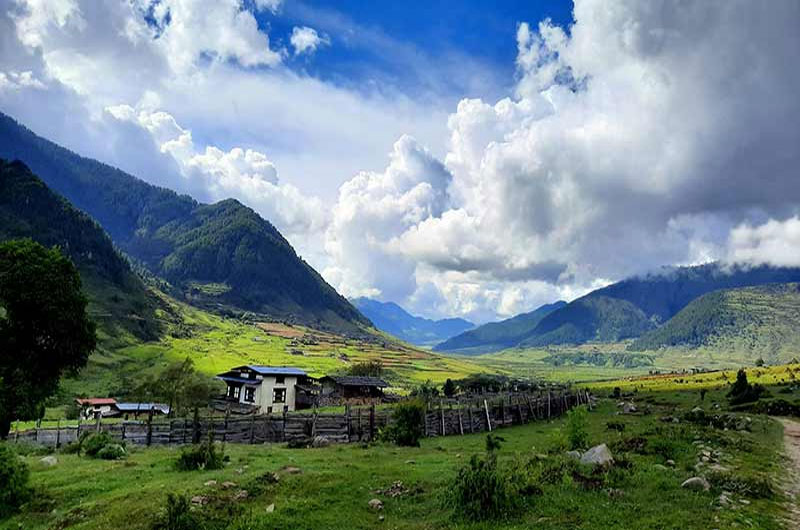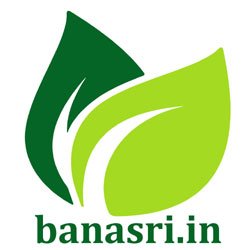
Phobjikha Valley: The Enchanting Haven of Bhutan
Phobjikha Valley, also known as Gangtey Valley, is one of Bhutan’s most stunning and serene destinations. Located in the central part of the country, this glacial valley is renowned for its scenic beauty, rich biodiversity, and spiritual significance. Home to the rare and endangered black-necked cranes, Phobjikha Valley offers an unparalleled experience for nature lovers, bird watchers, and those seeking peace and tranquility. This comprehensive guide explores Phobjikha Valley’s tourism specialties, nearby attractions, historical background, the best times to visit, and top restaurants and hotels for a fulfilling stay.
Tourism Specialty and Locality
The Unique Allure of Phobjikha Valley
Phobjikha Valley is celebrated for its unique natural beauty and ecological significance.
- Black-Necked Cranes: Every winter, the valley becomes a sanctuary for the rare black-necked cranes migrating from Tibet. These graceful birds are a major attraction, drawing bird watchers and nature enthusiasts from around the world.
- Gangtey Monastery: Perched on a hilltop, Gangtey Monastery offers stunning views of the valley. It is an important center of Nyingmapa Buddhism and is known for its annual Black-Necked Crane Festival, which celebrates the arrival of the cranes with traditional songs, dances, and prayers.
- Scenic Beauty: The valley is a vast, flat, U-shaped glacial valley surrounded by mountains. Its open meadows, pine forests, and crystal-clear streams make it a perfect destination for hiking, photography, and nature walks.
Nearby Tourist Spots
Exploring the Environs of Phobjikha Valley
Phobjikha Valley’s central location makes it an excellent base for exploring other fascinating destinations in Bhutan.
- Punakha Dzong: Located about 78 km from Phobjikha Valley, Punakha Dzong is one of the most beautiful and significant dzongs in Bhutan. It is situated at the confluence of the Pho Chhu and Mo Chhu rivers and is known for its stunning architecture and historical importance.
- Wangdue Phodrang: Approximately 45 km from Phobjikha Valley, Wangdue Phodrang is a picturesque town with a majestic dzong and traditional Bhutanese houses. The annual Wangdue Phodrang Tshechu festival is a major attraction.
- Chimi Lhakhang: Known as the “Fertility Temple,” Chimi Lhakhang is located near Punakha. It is dedicated to Drukpa Kunley, the “Divine Madman,” and is believed to bless couples with fertility.
History of Phobjikha Valley
A Glimpse into Phobjikha Valley’s Spiritual and Cultural Past
Phobjikha Valley’s history is deeply connected with Bhutan’s spiritual and cultural heritage.
- Historical Significance: The valley has long been a place of spiritual retreat and meditation. Gangtey Monastery, founded in the 17th century by Gyalse Pema Thinley, the grandson of the renowned Bhutanese saint Pema Lingpa, is the most significant religious site in the valley.
- Cultural Heritage: Phobjikha Valley is known for its traditional Bhutanese lifestyle, where locals live in harmony with nature. The valley’s festivals, particularly the Black-Necked Crane Festival, are a testament to the community’s reverence for nature and their deep-rooted cultural traditions.
Best Time to Visit
Seasons and Weather in Phobjikha Valley
Phobjikha Valley is a year-round destination, with each season offering a unique experience for visitors.
- Spring (March to May): Spring is one of the best times to visit Phobjikha Valley, with temperatures ranging from 10°C to 20°C. The valley is in full bloom with wildflowers, making it an ideal time for hiking and nature walks.
- Summer (June to August): Summers are warm and rainy, with temperatures ranging from 15°C to 25°C. The monsoon rains bring freshness to the landscape, enhancing the valley’s natural beauty. However, some outdoor activities may be restricted due to the weather.
- Autumn (September to November): Autumn is another ideal time to visit Phobjikha Valley, with clear skies and pleasant temperatures ranging from 10°C to 20°C. The arrival of the black-necked cranes in late October and the vibrant autumn foliage make this season particularly special.
- Winter (December to February): Winters are cold, with temperatures dropping to as low as -5°C. The valley becomes a winter wonderland, and the presence of the black-necked cranes makes it a magical time to visit.
Nearby Restaurants and Hotels
Dining and Accommodation Options in Phobjikha Valley
Phobjikha Valley offers a variety of dining and lodging options to cater to different tastes and budgets.
Top Restaurants
- Black-Necked Crane Visitor Centre Café: This café offers simple yet delicious Bhutanese and international dishes. The cozy atmosphere and views of the crane roosting grounds make it a great spot for a meal.
- Gangtey Lodge Restaurant: Part of the luxurious Gangtey Lodge, this restaurant serves gourmet Bhutanese and Western cuisine. The warm ambiance and stunning valley views enhance the dining experience.
- Kichu Resort Restaurant: Located near Gangtey Monastery, this restaurant offers a range of Bhutanese, Indian, and Chinese dishes. The casual setting and tasty food make it a popular dining spot.
Best Hotels
- Gangtey Lodge: A luxurious retreat offering stunning views of the Phobjikha Valley, Gangtey Lodge provides well-appointed suites, a spa, and fine dining options. The hotel’s tranquil location and excellent service make it a top choice for travelers.
- Dewachen Hotel and Spa: This charming hotel offers comfortable rooms with traditional Bhutanese décor and modern amenities. Dewachen Hotel and Spa’s warm hospitality, beautiful gardens, and convenient location make it a popular choice for visitors.
- Hotel Gakiling: Located near Gangtey Monastery, Hotel Gakiling offers comfortable accommodations and beautiful views of the valley. The hotel’s friendly staff and serene environment make it an ideal place to relax and unwind.
Conclusion
Phobjikha Valley, with its unique blend of natural beauty, spiritual depth, and cultural richness, offers an enchanting experience for every traveler. Whether you’re exploring ancient monasteries, witnessing the graceful dance of black-necked cranes, or simply soaking in the serene beauty of the valley, this charming destination provides a perfect balance of adventure and tranquility. Its blend of historical charm, ecological significance, and modern comforts makes it an ideal destination for those seeking to immerse themselves in the mystique and tranquility of Bhutan. Plan your visit to Phobjikha Valley and discover the enchanting haven of this Himalayan kingdom, where every moment is a step closer to nature, tradition, and inner peace.
